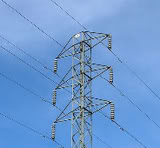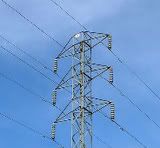Electric Vehicles and the Power Utilities


EV’s are generally charged at off-peak periods when the power is usually discarded anyway. (Approximately half the electrical energy generated each day is wasted because it is not used and cannot be stored cost-effectively.) The opportunity to sell power that is otherwise thrown away provides additional revenue for the utilities at very little cost, which is, of course, a help rather than a hindrance.
Most people initially will charge at 110 volts and 15 amps. This is the power of a hair dryer, and will put very little strain on the grid. Only over time will a sizeable percentage of people upgrade to more robust chargers that will shorten the time necessary to charge their cars. But one astute person asked, “If you start charging your car at 11 PM, how important is it to you that’s it’s fully charged by 1 AM?” This slow migration to fast charging will provide ample time for the utilities to prepare.
Most of the audience came away with the (fortunately correct) idea that there is a natural fit between the development of the EV, the grid, and the increasing adoption/demand rate of EVs that we see from the consumer. None can proceed without the other two. Yet there seems to be a unforced harmony between the growth of each one.
And here’s another piece of good news from the conference. One elderly corporate speaker said to a standing-room-only break-out session of about 400 people, “We had EV conferences like this one a few years ago, and we were lucky to have 10 people in the room. Take a second and look around.”
